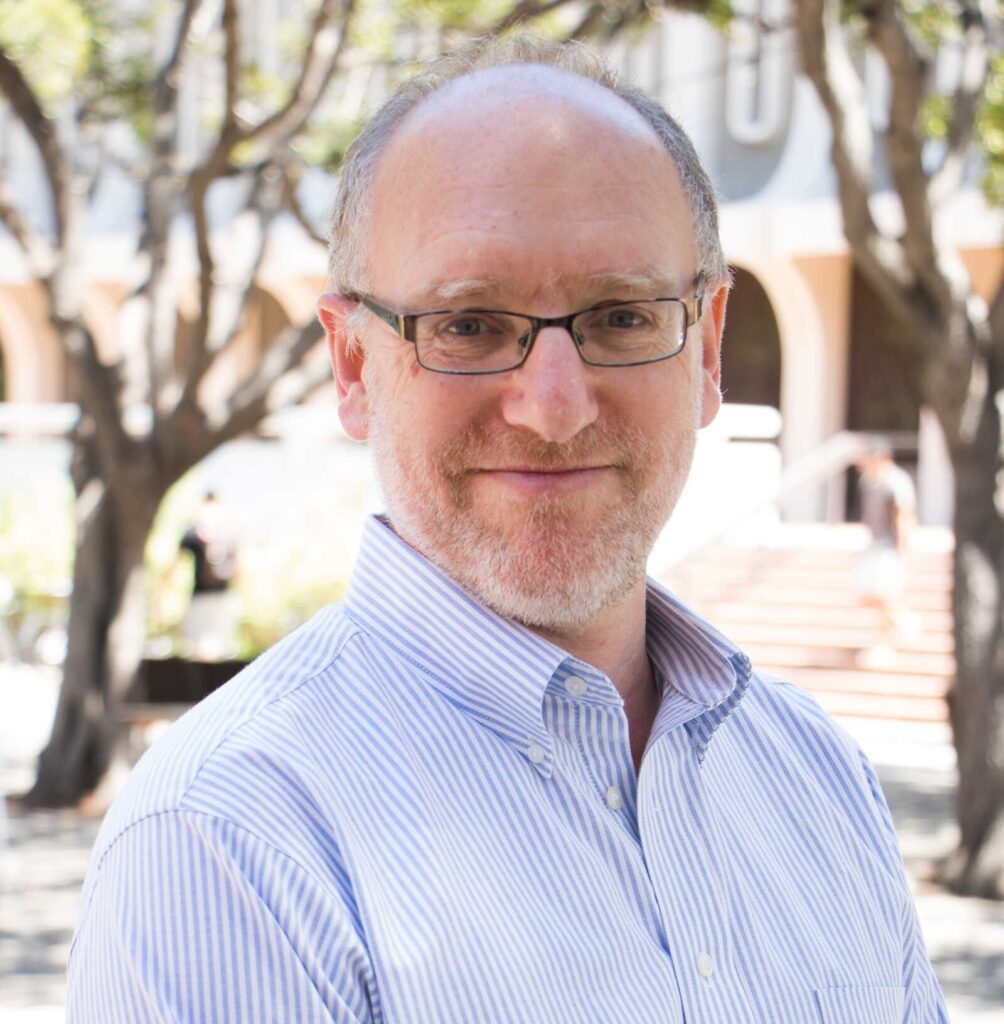
biophysics, regulation of molecular motors
Laser tweezers; Regulation of molecular motors – My research is quite cross-disciplinary. The majority of biological studies have focused on biochemical or genetic understanding of biological processes, however understanding the relevant physical processes is also important.
Proteins physically do things, and to understand the biology, we must start to think about proteins as machines, as well as considering their biochemical properties and genetic regulation. We will soon know the Human Genome, we already know the Drosophila and the C. Elegans Genomes, and yet are very far from understanding how proteins work, and how the exquisitely ordered structures we observe in cells, embryos, and developed organisms come about. Cytoskeletal processes such as transport are important in the creation of this order, and my lab is attempting to develop and apply physical tools to quantify transport as it occurs in living cells.
Recent Publications
- Marta Bosch, et al, Mammalian lipid droplets are innate immune hubs integrating cell metabolism and host defense (Science 2020)
- Tory Doolin, et al, Mammalian histones facilitate antimicrobial synergy by disrupting the bacterial proton gradient and chromosome organization(Nature Communications 2020)
- Dail E. Chapman et al, Regulation of in vivo dynein force production by CDK5 and 14-3-3epsilon and KIAA0528 (Nature Communications 2019)
- Byeongwook Lee et al, Combined Positive and Negative Feedback Allows Modulation of Neuronal Oscillation Frequency during Sensory Processing (Cell Reports (2018))
- InSuk Joung, et al, Conformational Space Annealing explained: A general optimization algorithm, with diverse applications (Computer Physics Communications 223 (2018))
- Joseph M. Muretta et al, A posttranslational modification of the mitotic kinesin Eg5 that enhances its mechanochemical coupling and alters its mitotic function (PNAS 2018 )
- Jared P. Bergman et al, Cargo navigation across 3D microtubule intersections (PNAS, 2018)
- Babu J N Reddy et al, Heterogeneity in Kinesin Function (Traffic, 2017)
- Yu CC et al, . Axonal Transport: A Constrained System J Neurol Neuromed (2017)
- George Schubeita et al, ‘Biophysics of Dynein in vivo‘, in Dyneins: Structure, Biology and Disease Volume 2 Dynein, Structure, Mechanics and Disease (King, S.M.: editor) Elsevier inc.,(Nov 2017)
- Babu J.N. Reddy, et al, Load-induced enhancement of Dynein force production by LIS1 and NudE in vivo and in vitro, Nature Communications (2016)
- Muretta JM, et al, The structural kinetics of switch-1 and the neck linker explain the functions of kinesin-1 and Eg5, PNAS (2015)
- Mitra Shojania Feizabadi, et al, Microtubule C-Terminal Tails Can Change Characteristics of Motor Force Production, Traffic(2015)
- Albert Herms, et al, AMPK activation promotes lipid droplet dispersion on detyrosinated microtubules to increase mitochondrial fatty acid oxidation, Nature Communications. 2015
- Suvranta K Tripathy, et al, Autoregulatory mechanism for dynactin control of processive and diffusive dynein transport, Nature Cell Biology (2014)
- Yonggun Jun, et al, Calibration of Optical Tweezers for In Vivo Force Measurements: How do Different Approaches Compare? Biophys. J, (2014)
- MK Mattson-Hoss et al. CK2 activates kinesin via induction of a conformational change.PNAS (2014)
- BR Narayanareddy, et al, A Biophysical Analysis of Mitochondrial Movement: Differences Between Transport in Neuronal Cell Bodies Versus Processes. Traffic, (2014).
- A. Pol, et al,The biogenesis of the multifunctional lipid droplet: lipids, proteins, and sites., J. Cell Biol. (2014).
- J. Wortman et al, ,Axonal Transport: How High Microtubule Density Can Compensate for Boundary Effects in Small Caliber Axons Biophys. J., (2014).
- A. Goulet, et al, A comprehensive structural model of the mechanochemical cycle of a mitotic motor highlights molecular adaptations in the kinesin family PNAS (2014)
